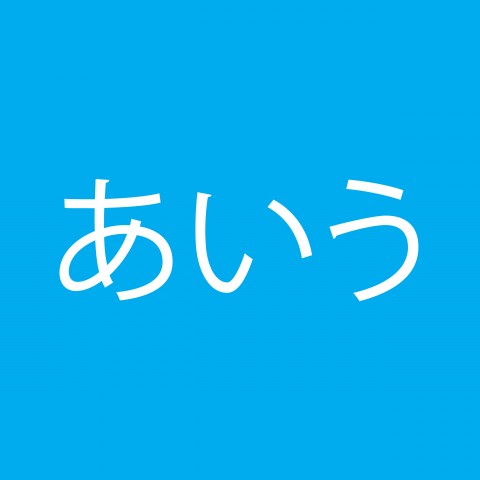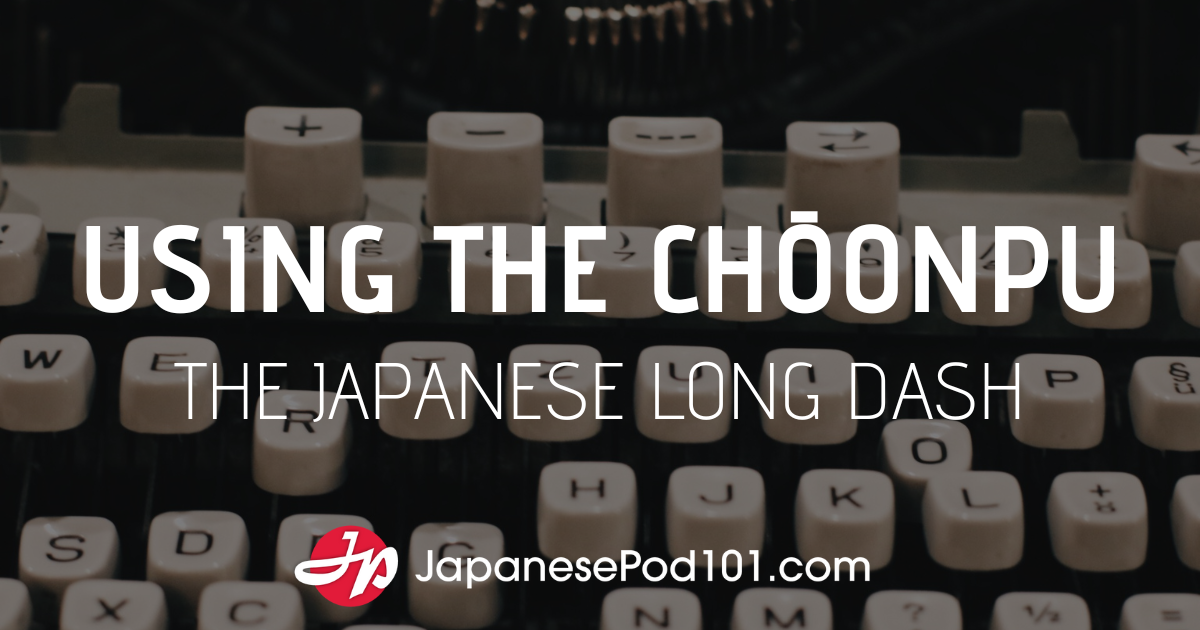The concept of long and short vowel sounds is an important concept to understand when learning Japanese pronunciation. Vowels can be lengthened, and there is a very distinct difference between long and short vowels. Note that in this lesson, a macron (small horizontal line over a vowel) denotes a long vowel that we hold for twice as long as a regular vowel.
| double vowels and vowel pairs |
Sounds like… |
| ああ aa | あー ahh |
| いい ii | いー ee |
| うう uu | うー ooh |
| ええ ee えい ei |
えー ehh |
| おお oo おう ou |
おー ohh |
In many cases, whether the vowel is long or short will determine the meaning of the word. Let’s illustrate this with some examples:
| かど | カード |
| kado | kaado |
| “corner” | “card” |
in the case of kaado (“card”), we 持old the “a” 音ound for approximately twice as 長ong as the “a” 音ound in kado (“隅orner”). As you can see, the meaning is very different depending on whether the vowel is 長ong or 短hort! Let’s look at a 少ew more examples:
| おばさん | おばあさん |
| o-ba-san | o-baa-san |
| “aunt” | “grandmother” |
| おじさん | おじいさん |
| o-ji-san | o-jii-san |
| “uncle” | “grandfather” |
A slight change in how long you make the vowel sound will make all the difference!









